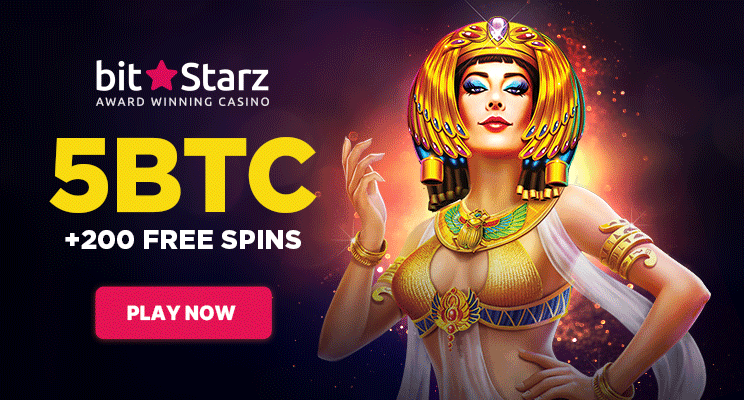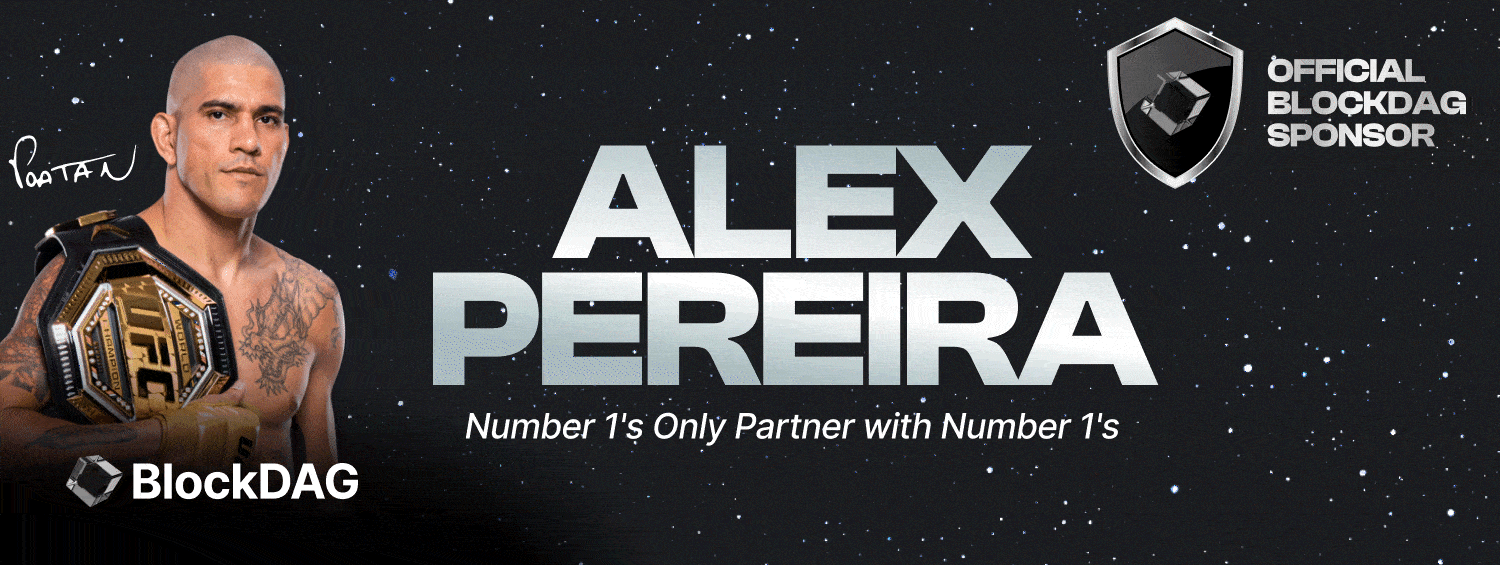
Dina Mattar is the founder and CEO of DVerse, a multi-award-winning Web 3 advisory, communications, and go-to-market firm.
Marketing 101 teaches us to meet our customers where they are, and traditional brands are taking note, tailoring their marketing strategies and products to the virtual world of Web3. The ubiquitous web allows established entities to update their brand concepts and try new and refreshing strategies to engage their users and reach a broader audience online.
From luxury fashion brands to NBA stars and celebrities, let’s explore how traditional brands are capitalizing on the Web3 trend.
Fashion Week In The Metaverse
With the rise of the metaverse, consumers no longer have to restrict themselves to the constraints of the physical realm. By creating digital personas, everyday people can experiment with haute couture free from the limitations of dress size or body image, cladding themselves in digital apparel that resonates with their identity. The metaverse provides endless opportunities for fast fashion and luxury brands to broaden their reach, increase user engagement and personalize customer experiences.
Global brands like Burberry and Louis Vuitton successfully entered the metaverse through collaborations with Web3 companies to provide experiences like virtual fashion shows, digital showrooms and interactive in-game experiences. Gucci’s partnership with the popular online game Roblox attracted 20 million visitors in 2021.
Powering Up The Gaming Experience
Unlike mobile gaming, which requires multiple in-app purchases to unlock a viable gaming experience, Web3 allows users to take their gaming to the next level with in-app purchases that are provably unique, digitally owned and tradable on secondary marketplaces. This enables users to monetize their purchases and provides a sense of ownership, and additional “stickiness” for the game—and industry giants are paying attention.
According to a recent report by CoinGecko, 29 of the world’s 40 largest game studios are investing in Web3 gaming. Esports titan Epic Games aims to introduce 20 NFT games to the Epic Games Store in 2024 alone. Enabling users to build unique NFT collections to trade and swap is proving a captivating concept.
Changing The Face Of Collectibles
Traditional collectibles, such as trading cards and other merchandise, have historically been popular among sports and music fans, and they generate valuable revenue for teams, clubs and artists.
Thanks to the rise of Web3 and the popularity of esports and gaming, the shape of collectibles is changing. Blockchain-powered digital NFTs are gaining traction, helping artists unlock new revenue streams and increasing fan engagement. In 2021, the Canadian musician Grimes sold a collection of NFT-based art for $6 million. U.S. artist 3LAU reissued his 2018 album Ultraviolet as an NFT, and fans clamored to own a rare edition: His 33 NFTs sold for $11.6 million.
The sports industry isn’t falling behind. The National Basketball Association (NBA) was among the first traditional sports entities to embrace NFTs, allowing fans to purchase digital packs of video clips from their favorite players through the NBA’s Top Shots platform. Through my work, I’ve also seen other Web3 technology firms sell thousands of NFTs, producing limited-edition collections for a heavyweight boxing champion, an NBA player, acclaimed musician and more.
Rethinking Intellectual Property Ownership
Intellectual property (IP) is typically held by large corporations, which take a cut of content creators’ royalties and make earning a living difficult for struggling artists. Web3 tackles the long-standing problem of royalty attribution in industries like music, films and publishing by enabling royalties to be automatically assigned to the owner—and removing myriad intermediaries from the financial flow through peer-to-peer distribution.
Web3 enables royalties to increase artists’ revenues in new and innovative ways. Rather than receiving a percentage of the royalty each time their work is sold, content creators can sell their fans a portion of the royalty rights, making fans investors in the artist’s success. Co-producer Jamil “Deputy” Pierre sold 1% of his royalty rights on a Rihanna song to fans, meaning they receive revenue each time the song is played.
Other Web3 companies are taking even more creative approaches to redefine the entertainment industry. For example, my company is working with a client that turns traditional Web 2.0 IPs into games and NFTs that unlock ownership and rewards, making participants investors in the product’s success and creating a sense of loyalty and ownership.
How Brands Can Enter Web3
Web3 is about community building, so be prepared to engage with your fans. Get on forums, host workshops, leverage social media and incentivize users with giveaways and unique experiences. This can foster a sense of loyalty to your brand and encourage viral marketing. I’ve noticed Gen Z has a strong inclination toward visuals, so rethink your traditional channels and invest in high-quality video content and images that are out of the box.
Videos also provide a unique opportunity to tell a good story, educate an audience and drive engagement. Know who your brand influencers are, and work with them to create targeted content that speaks to your digital-native audience. Ensure your videos are optimized for different platforms using the right keywords and engaging thumbnails specific to each medium (YouTube, Instagram or TikTok).
Try implementing an “airdrop” campaign that rewards users for performing tasks like sharing content, signing up for a waitlist or referring a friend. This builds anticipation and gives your followers a strong sense of connection to your brand.
As life become increasingly digital, consumers seek new ways to interact with their favorite brands and artists, so traditional companies must rethink their online interactions and meet their customers where they are. Web3 allows brands, celebrities and sports personalities to provide inclusive, immersive experiences that satisfy a more digital-native consumer and unlock new revenue streams for content producers.


























